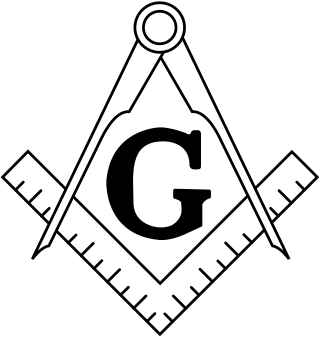
Freemasonry or Masonry refers to fraternal organisations that trace their origins to the local guilds of stonemasons that, from the end of the 13th century, regulated the qualifications of stonemasons and their interaction with authorities and clients. Modern Freemasonry broadly consists of two main recognition groups: Regular Freemasonry, which insists that a volume of scripture be open in a working lodge, that every member professes belief in a Supreme Being, that no women be admitted, and that the discussion of religion and politics do not take place within the lodge; and Continental Freemasonry, which consists of the jurisdictions that have removed some, or all, of these restrictions.
The York Rite, sometimes referred to as the American Rite, is one of several Rites of Freemasonry. It is named for, but not practiced in, York, Yorkshire, England. A Rite is a series of progressive degrees that are conferred by various Masonic organizations or bodies, each of which operates under the control of its own central authority. The York Rite specifically is a collection of separate Masonic Bodies and associated Degrees that would otherwise operate independently. The three primary bodies in the York Rite are the Chapter of Royal Arch Masons, Council of Royal & Select Masters or Council of Cryptic Masons, and the Commandery of Knights Templar, each of which are governed independently but are all considered to be a part of the York Rite. There are also other organizations that are considered to be directly associated with the York Rite, or require York Rite membership to join such as the York Rite Sovereign College but in general the York Rite is considered to be made up of the aforementioned three. The Rite's name is derived from the city of York, where, according to one Masonic legend, the first meetings of Masons in England took place.
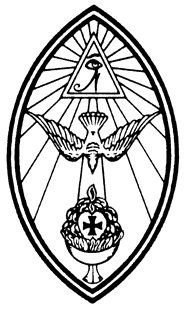
Ordo Templi Orientis is an occult secret society and hermetic magical organization founded at the beginning of the 20th century. The origins of O.T.O. can be traced back to the German-speaking occultists Carl Kellner, Theodor Reuss, Heinrich Klein, and Franz Hartmann. In its first incarnation, O.T.O. was intended to be modelled after and associated with European Freemasonry and as such in its early years only Freemasons could seek admittance.
The history of Freemasonry encompasses the origins, evolution and defining events of the fraternal organisation known as Freemasonry. It covers three phases. Firstly, the emergence of organised lodges of operative masons during the Middle Ages, then the admission of lay members as "accepted" or "speculative" masons, and finally the evolution of purely speculative lodges, and the emergence of Grand Lodges to govern them. The watershed in this process is generally taken to be the formation of the first Grand Lodge in London in 1717. The two difficulties facing historians are the paucity of written material, even down to the 19th century, and the misinformation generated by masons and non-masons alike from the earliest years.

The relationship between Mormonism and Freemasonry began early in the life of Joseph Smith, founder of the Latter Day Saint movement. Smith's older brother, Hyrum, and possibly his father were Freemasons while the family lived near Palmyra, New York. In the late 1820s, the western New York region was swept with anti-Masonic fervor.
The Catholic Church first prohibited Catholics from membership in Masonic organizations and other secret societies in 1738. Since then, at least eleven popes have made pronouncements about the incompatibility of Catholic doctrines and Freemasonry. From 1738 until 1983, Catholics who publicly associated with, or publicly supported, Masonic organizations were censured with automatic excommunication. Since 1983, the prohibition on membership exists in a different form. Although there was some confusion about membership following the 1962-1965 Second Vatican Council, the Church continues to prohibit membership in Freemasonry because it believes that Masonic principles and rituals are irreconcilable with Catholic doctrines. The current norm, the 1983 Congregation for the Doctrine of the Faith's (CDF) Declaration on Masonic associations, states that "faithful who enroll in Masonic associations are in a state of grave sin and may not receive Holy Communion" and membership in Masonic associations is prohibited. The most recent CDF document about the "incompatibility of Freemasonry with the Catholic faith" was issued in 1985.
Jahbulon or Jabulon is a word which is allegedly used in some rituals of Royal Arch Masonry and derivations thereof.
Anti-Masonry is "avowed opposition to Freemasonry", which has led to multiple forms of religious discrimination, violent persecution, and suppression in some countries as well as in various organized religions. However, there is no homogeneous anti-Masonic movement. Anti-Masonry consists of radically differing criticisms from frequently incompatible political institutions and organized religions that oppose each other, and are hostile to Freemasonry in some form.
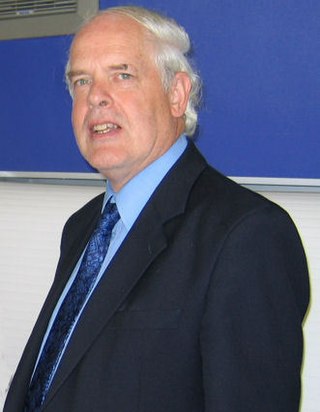
Robert Lomas is a British writer, physicist and business studies academic. He writes primarily about the history of Freemasonry as well as the Neolithic period, ancient engineering, and archaeoastronomy.
The Hiram Key: Pharaohs, Freemasonry, and the Discovery of the Secret Scrolls of Jesus, is a 1996 book by Christopher Knight and Robert Lomas. The authors, both Freemasons, present a theory of the origins of Freemasonry as part of their "true story" of the historical Jesus and the original Jerusalem Church.
While many Christian denominations either allow or take no stance on their members joining Freemasonry, others discourage or prohibit their members from joining the fraternity.

The Knights Templar, full name The United Religious, Military and Masonic Orders of the Temple and of St John of Jerusalem, Palestine, Rhodes and Malta, is a fraternal order affiliated with Freemasonry. Unlike the initial degrees conferred in a regular Masonic Lodge, which only require a belief in a Supreme Being regardless of religious affiliation, the Knights Templar is one of several additional Masonic Orders in which membership is open only to Freemasons who profess a belief in Christianity. One of the obligations entrants to the order are required to declare is to protect and defend the Christian faith. The word "United" in its full title indicates that more than one historical tradition and more than one actual order are jointly controlled within this system. The individual orders 'united' within this system are principally the Knights of the Temple, the Knights of Malta, the Knights of St Paul, and only within the York Rite, the Knights of the Red Cross.
William Walton Thomson Hannah was an English priest from Forest Row, Sussex. Originally an Anglican priest, he later became a Roman Catholic priest. He was the author the controversial book Darkness Visible about Freemasonry.
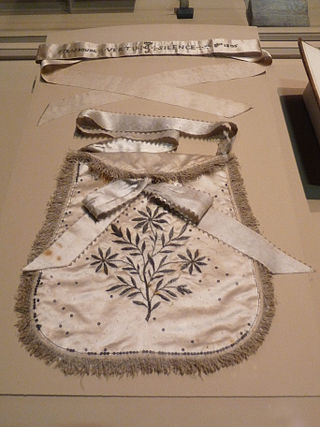
Freemasonry has had a complex relationship with women, which can be readily divided into many phases with no demonstrable relationship to each other until the 20th century. A few women were involved in Freemasonry before the 18th century; however the first printed constitutions of the Premier Grand Lodge of England appeared to bar them from the Craft forever.
Walter Leslie Wilmshurst was an English author and Freemason. He published four books on English Freemasonry and submitted articles to The Occult Review magazine.
Continental Freemasonry, otherwise known as Liberal Freemasonry, Latin Freemasonry, and Adogmatic Freemasonry, includes the Masonic lodges, primarily on the European continent, that recognize the Grand Orient de France (GOdF) or belong to CLIPSAS, SIMPA, TRACIA, CIMAS, COMAM, CATENA, GLUA, or any of various other international organizations of Liberal, i.e., Continental Freemasonry. The larger number of Freemasons, most of whom live in the United States–where Regular Freemasonry holds a virtual monopoly–belong to Masonic lodges that recognize the United Grand Lodge of England and do not recognize Continental Freemasons, regarding them as "irregular".

Masonic ritual is the scripted words and actions that are spoken or performed during the degree work in a Masonic lodge. Masonic symbolism is that which is used to illustrate the principles which Freemasonry espouses. Masonic ritual has appeared in a number of contexts within literature including in "The Man Who Would Be King", by Rudyard Kipling, and War and Peace, by Leo Tolstoy.
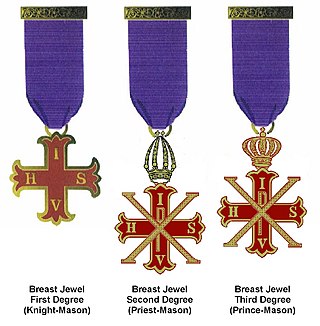
The Red Cross of Constantine, or more formally the Masonic and Military Order of the Red Cross of Constantine and the Appendant Orders of the Holy Sepulchre and of St John the Evangelist, is a Christian fraternal order of Freemasonry. Candidates for the order must already be members of Craft Freemasonry (lodge) and Royal Arch Freemasonry (chapter); they must also be members of the Christian religion, and proclaim their belief in the Christian doctrine of the Holy Trinity.

George Oliver, D.D. (1782–1867) was an English cleric, schoolmaster, topographer, and writer on freemasonry.









